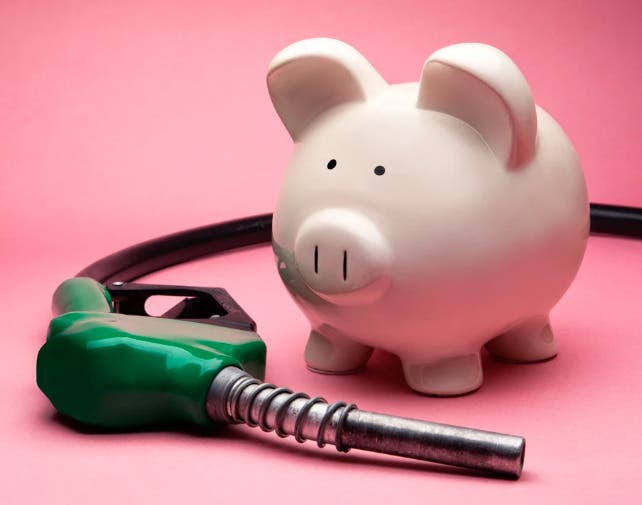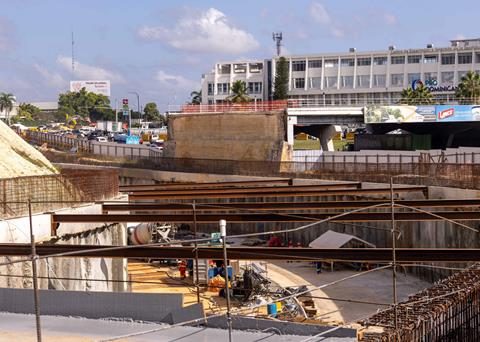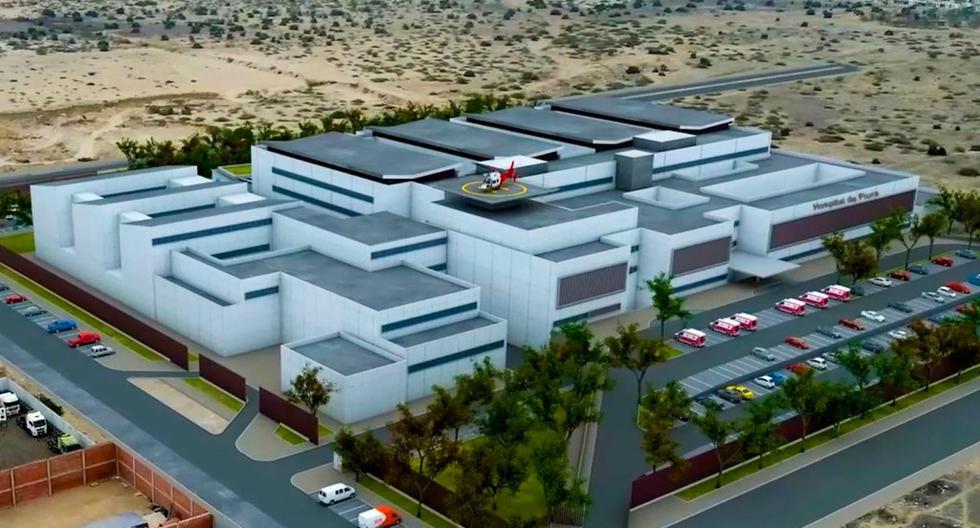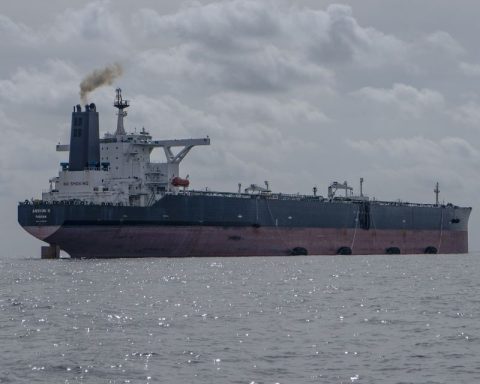We have analyzed five tricks that drivers commonly use to save money gas. Which ones work and which ones are pure myths?
1) Is 90km/h the best speed to optimize fuel?
Driving at exactly 90 km/h is considered by many drivers to be the most efficient way to optimize fuel.
Nevertheless, there is no fixed speed of ideal driving, according to the automobile group RAC.
The myth of 90km/h, they say, arose from old fuel consumption tests, which were carried out at three speeds: in the city, at 90km/h and at 120km/h.
The most efficient of the three was 90km/h, which led many to think that this was always the best speed.
However, depending on the type of car and its size, the RAC ensures that between 70 and 80km/h it is more efficient.
2) Should I turn off the air conditioning?
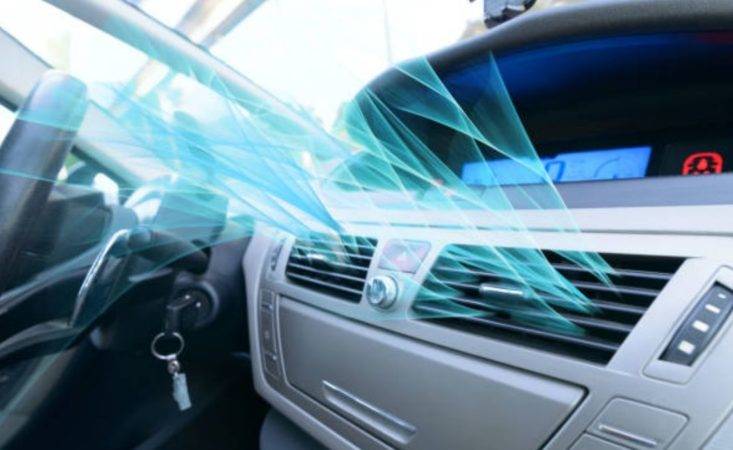
If you’ve ever resisted the temptation to use the air conditioner on a hot summer day to save fuel, you did good.
Additional energy is needed to run a car’s air conditioning system and turning it on can increase fuel consumption by up to 10% according to the AA.
The impact may be more noticeable in shorter trips. That’s because the air conditioner has to use more energy initially to lower the car’s interior temperature.
Opening the windows might be better, but this creates another problem called “creeping.” This is where the engine has to work harder to compensate for the air resistance created by the open windows.
If you have to choose between the two, the best option will depend on the speed. Air conditioning is probably better above 50mph because the faster you drive, the greater the drag caused by open windows.
3) Does driving in neutral save fuel?
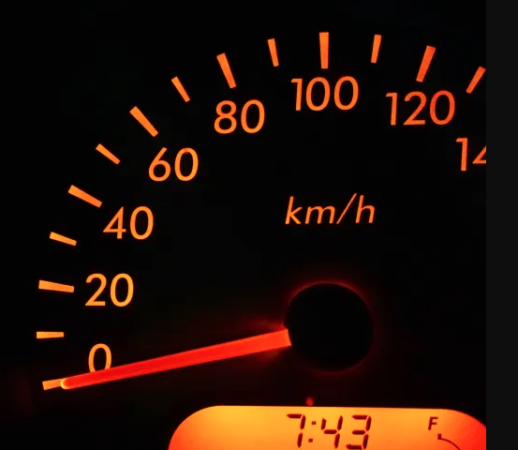
Coasting is when you drive with the car in neutral or with the clutch pedal depressed.
The AA Automobile Association does not recommend it. Not only could it be unsafe (because you wouldn’t be able to accelerate out of a sticky situation), but it’s unlikely to save you gas.
According to the AA, most cars have electrical controls that cut off the fuel supply every time you lift your foot off the accelerator, so there’s nothing to be gained by coasting.
4) Does cruise control save fuel?
Cruise control, a device that keeps the car at a constant speed without having to use the accelerator pedal, is often considered a surefire way to save fuel by preventing unnecessary acceleration and hard braking.
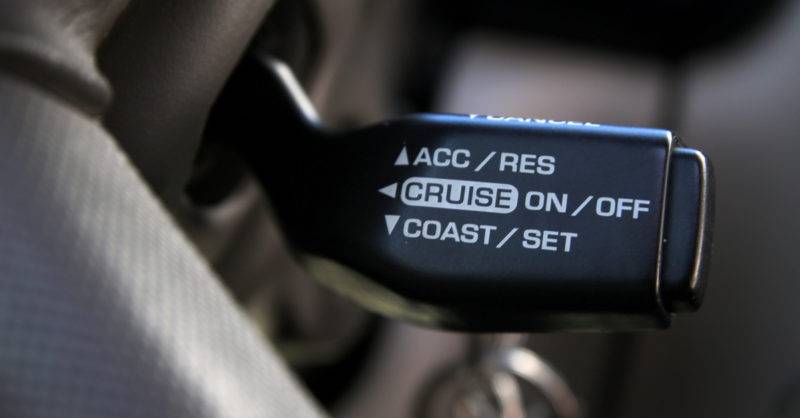
However, this might only be true when driving. by highway, because it is a constant flat surface.
On other types of roads you’re more likely to run into hills, so it will take time for the cruise control to adjust to the change in gradient, consuming more fuel in the process.
Typically, you take your foot off the accelerator when starting down a hill. But, since cruise control can’t see what’s ahead, it spends more time using power, leading to a worst consumption made out of fuel.
5) Does incorrect tire pressure consume more gasoline?
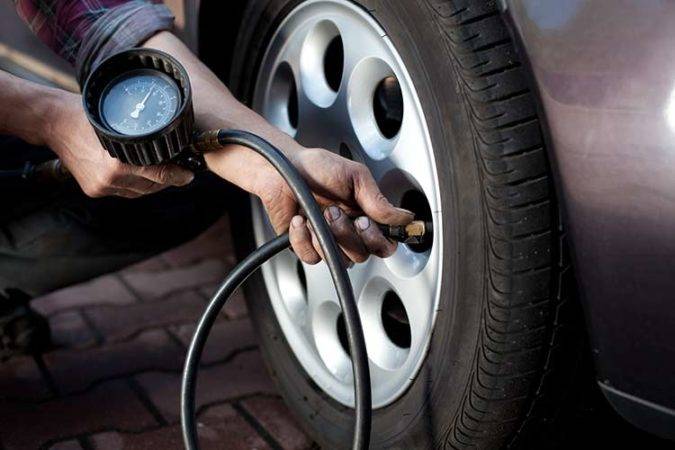
Under-inflated tires use more gasoline. The advice is to check your blood pressure regularly, especially before going on a long trip.
Your car manual will tell you what is the correct pressure, but you may need to increase it to the recommended maximum if you have multiple passengers and heavy luggage.
However, any additional weight will still use more fuel, so skip anything you don’t need.
